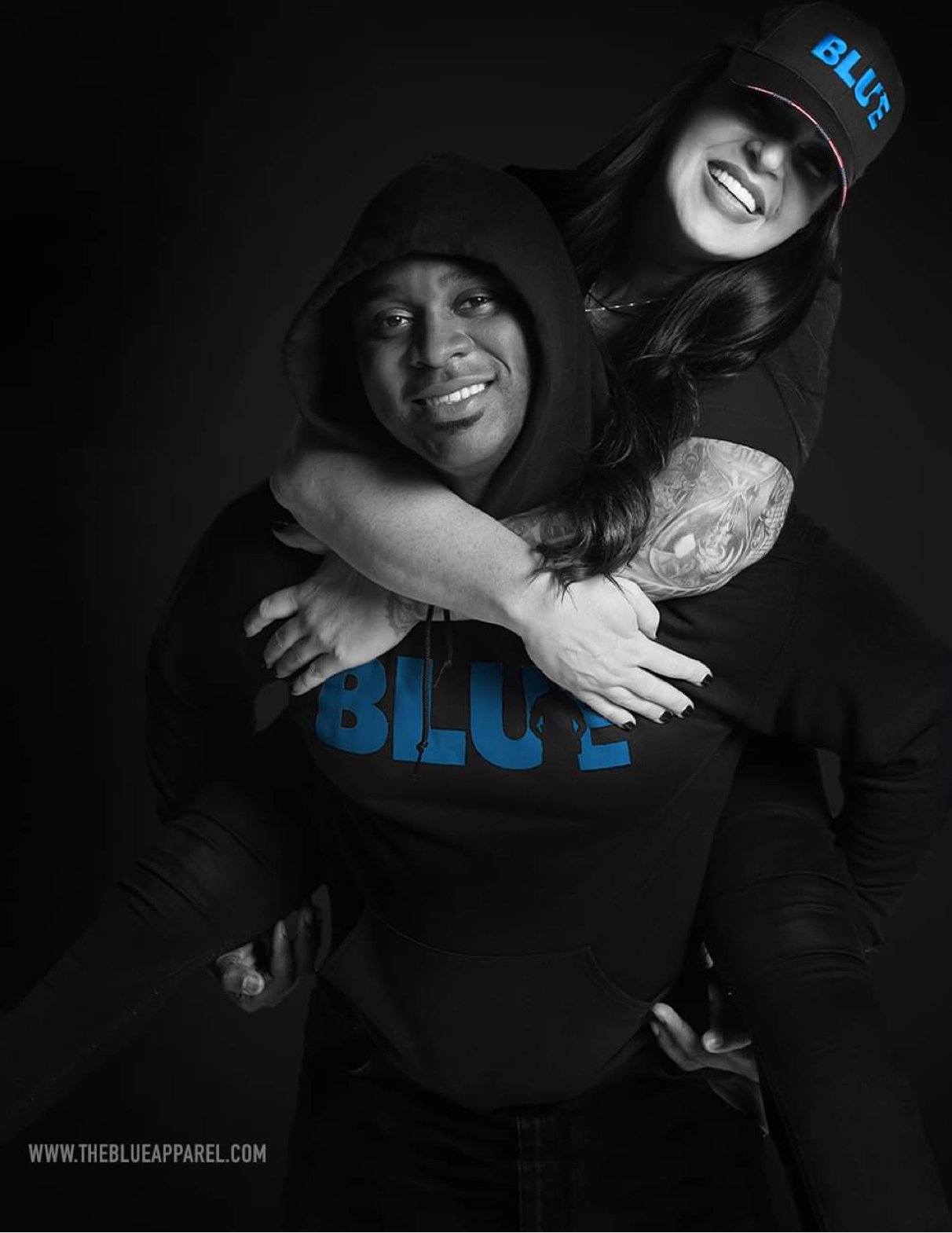When social rejection is coupled with a lack of positive experiences or relationships, the individual begins to see violence as the only way to regain control over their life. Revenge becomes the driving force. Youth shooters often cite a desire to retaliate against bullies or authority figures who they feel failed to protect them. Even teachers or authority figures who had no direct involvement in the bullying may be seen as complicit in the shooter’s eyes, as they could have done more to prevent the mistreatment.
This intense social alienation is a critical early warning sign. As young individuals feel more isolated, they may begin to fantasize about violent retaliation as a way to regain power and control over their lives.
The Role of Empathy and Lack Thereof
One of the key factors that set youth shooters apart from their peers is their lack of empathy. Empathy is a fundamental human trait that allows us to understand and share the feelings of others. It is developed in childhood through social interactions, family connections and positive relationships. However, when a young person is socially isolated, bullied or neglected, they may fail to develop this critical emotional skill.
In Colt Gray’s case, the violent act he committed suggests a deep disconnection from the humanity of his victims. When empathy is absent, a person may begin to see others not as individuals with thoughts and feelings, but as objects or obstacles. This dehumanization makes it easier for a shooter to justify violence. In their minds, they are not harming real people, but rather eliminating symbols of their own pain and suffering.
Empathy can also be stunted by prolonged exposure to violence, whether through personal experience, media consumption, or online communities. In these environments, violence becomes normalized, and the consequences of hurting others become less significant. This moral disengagement can lead to horrific acts of violence, as the shooter no longer feels guilt or remorse for their actions.
Mental Health and Isolation
Mental health struggles are another major factor in many cases of youth violence. Depression, anxiety, and other mental health conditions can exacerbate feelings of isolation and hopelessness. For young people who are already struggling to fit in, mental health issues can make it even more difficult to form meaningful connections with others.
In the case of school shooters, untreated mental illness often manifests as anger, resentment, or a desire to lash out. Many shooters exhibit signs of severe depression, which can drive them toward violent fantasies as a way to regain control over their lives. The act of violence itself may be seen as a final attempt to assert power in a world where they feel powerless.
For some shooters, violence is also tied to suicidal ideation. These individuals may plan to end their own lives during or after the attack, either by their own hands or through confrontation with law enforcement. This phenomenon, known as “suicide by cop,” is a tragic example of how deep feelings of hopelessness and despair can push someone to commit unthinkable acts. In their minds, the violent act is a way to take control of their fate, ending their suffering on their own terms rather than allowing others to control their destiny.
The Influence of Violent Media
The role of violent media, including video games, movies, and online content, has been a topic of much debate when it comes to youth violence. While many young people consume violent media without ever acting out, for some individuals this content can serve as a dangerous escape. Rather than using violent games or movies as a form of entertainment, some youth shooters use them as a way to live out their violent fantasies in a virtual world.
For individuals like Colt Gray, who may have been isolated, bullied or neglected, violent media can become a way to channel their anger and frustration. Games like Grand Theft Auto or Call of Duty, which involve violent scenarios and encourage aggressive behavior, may provide a temporary sense of power and control. For some, the line between fantasy and reality becomes blurred, and they begin to see violence as a viable solution to their real-world problems.
However, it’s important to note that violent media alone is rarely the sole cause of violent behavior. The question isn’t necessarily why someone plays violent games, but why they are drawn to those games in the first place? For youth shooters, fascination with violence is often a symptom of deeper issues, such as social alienation, mental health struggles or a lack of empathy.
Grievance-Driven Ideology
Another factor that can contribute to youth violence is the adoption of extremist ideologies. In some cases, young shooters may turn to political, religious or racial ideologies as a way to justify their actions. These ideologies often offer a sense of belonging and purpose to individuals who feel disconnected from society.
For youth shooters, the desire to belong to a group or cause can become overwhelming. In their minds, committing an act of violence in the name of an ideology may be seen as a way to gain acceptance and recognition. Whether it’s a white supremacist group, a religious extremist movement or a political cause, the shooter’s actions are often driven by a desire to prove their loyalty and earn a place within the group.
In some cases, youth shooters may not even fully understand the ideologies they are aligning themselves with. They are simply looking for a sense of belonging and power, and extremist groups offer a way to achieve that. The violence they commit is a means to an end – a way to gain the approval and acceptance they crave.





































































